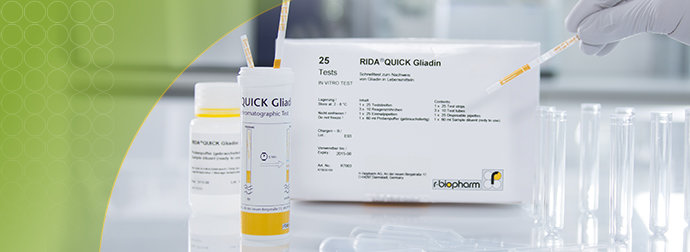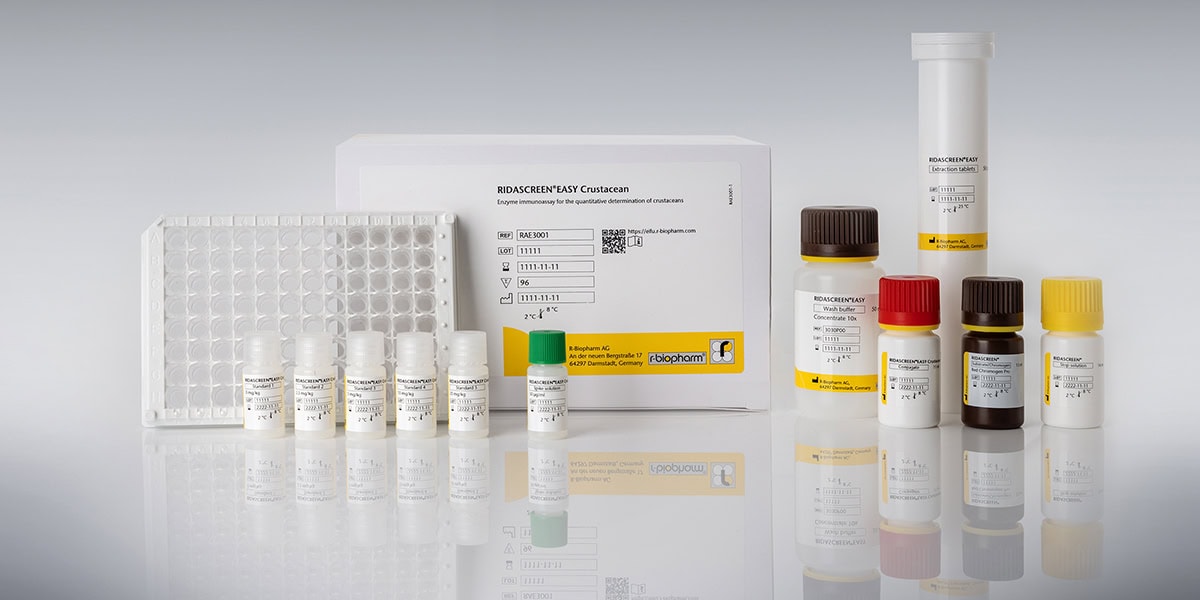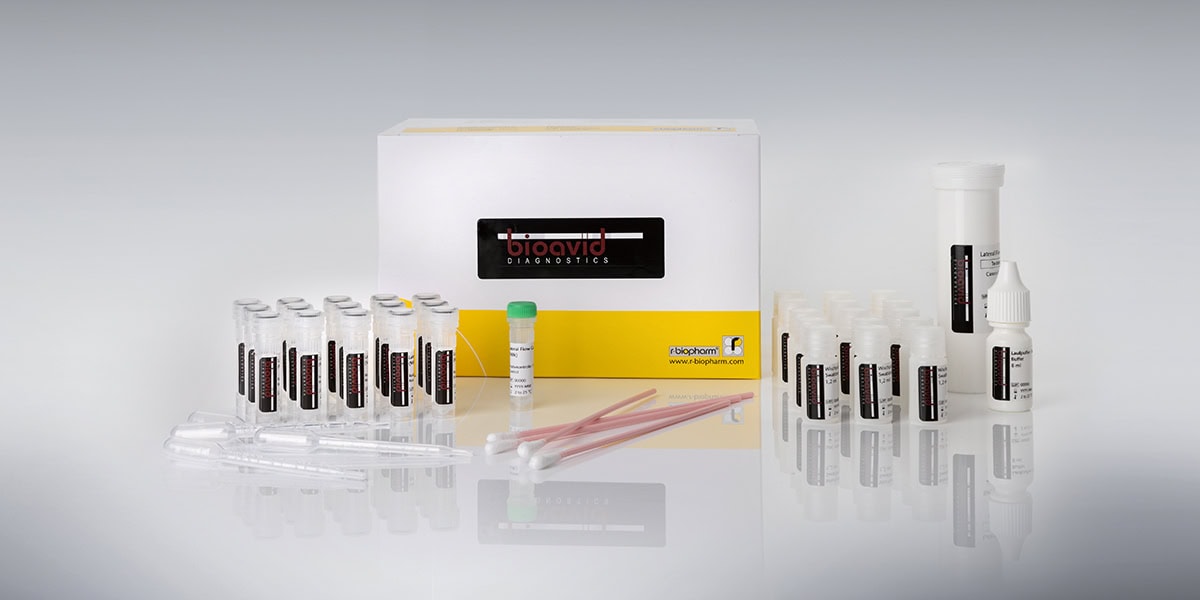
Recent news in Food & Feed Analysis
- Home
- /
- Lateral flow tests in...
Lateral flow tests in allergen management

In allergen analysis, lateral flow tests are mainly used for cleaning control. Yet, these handy dipsticks can do more than just test surfaces for allergen residues. Newer models are also suitable for food analysis – and in the future, lateral flow tests could be even more powerful.
To ensure that food products don’t contain undeclared allergens, a comprehensive allergen management is of great importance in the food industry. This includes the inspection of incoming goods, the avoidance of contamination during transportation and production as well as the final product control. These analyses can be carried out with different test methods:
| LFD | ELISA | PCR | |
|---|---|---|---|
| Test format | Antibody-based test in strip format | Antibody-based test | Molecular biological test |
| Result | qualitative, semi-quantitative | quantitative | quantitative |
| Application area | Cleaning control, in-process control, analysis of raw goods | Analysis of raw goods and final products | Analysis of final products, confirmatory tests |
| Benefits | Fast results, inexpensive, requires no laboratory equipment, can be carried out by untrained personnel | Well-established and validated method | Highly specific |
Opportunities and limitations of lateral flow tests
At the moment, the main application for lateral flow tests (LFD) in allergen management is the detection of allergen traces on surfaces. However, they are also suitable for the detection of allergen traces in food, while being faster and easier to perform than an ELISA test. In addition, some lateral flow tests are capable of detecting proteins not only in raw goods but also in processed food products. For example, the RIDA®QUICK Soya can detect heated soy proteins from meat or ceral products – with very sensitive results and a detection limit of 0.5 μg / 100 cm². As long as a qualitative yes/no answer is sufficient, lateral flow tests are a good alternative to ELISA tests.
The decisive factor, however, is validation: Without validation, there is no guarantee that the test provides reliable results for the matrices concerned. Both the composition of the sample material and the laboratory conditions as well as the staff’s working methods may vary significantly and thereby influence the result. Validation confirms that the test is suitable for the respective application and delivers reliable and reproducible results. This year, the RIDA®QUICK Gliadin has received such a confirmation: The AOAC has validated the dipstick as „Official First Action Method“. The test is currently the only gluten test strip based on the R5 antibody, which is also used in the officially recommended ELISA method. RIDA®QUICK Gliadin therefore shows a good correlation with the ELISA test.
Current trends
Given the numerous advantages, it‘s no surprise that the demand for lateral flow tests is rising. In the field of allergen analysis, the rapid and easy testing of different foodstuffs is a major concern. But also in other areas of food analysis, lateral flow tests are in greater demand than ever, with more and more applications being available. In the future, lateral flow tests could even allow quantitative analyses in allergen management – after all, this is already possible today in mycotoxin analysis. This would make lateral flow tests a true alternative to ELISA tests. We are curious to see what comes next.



